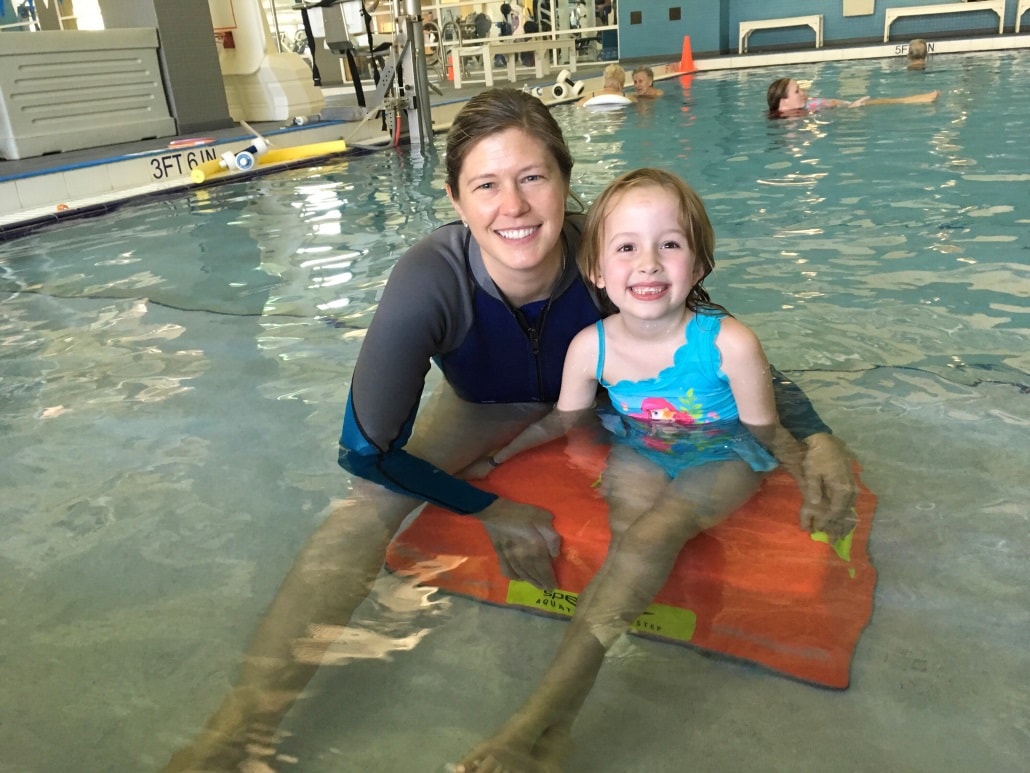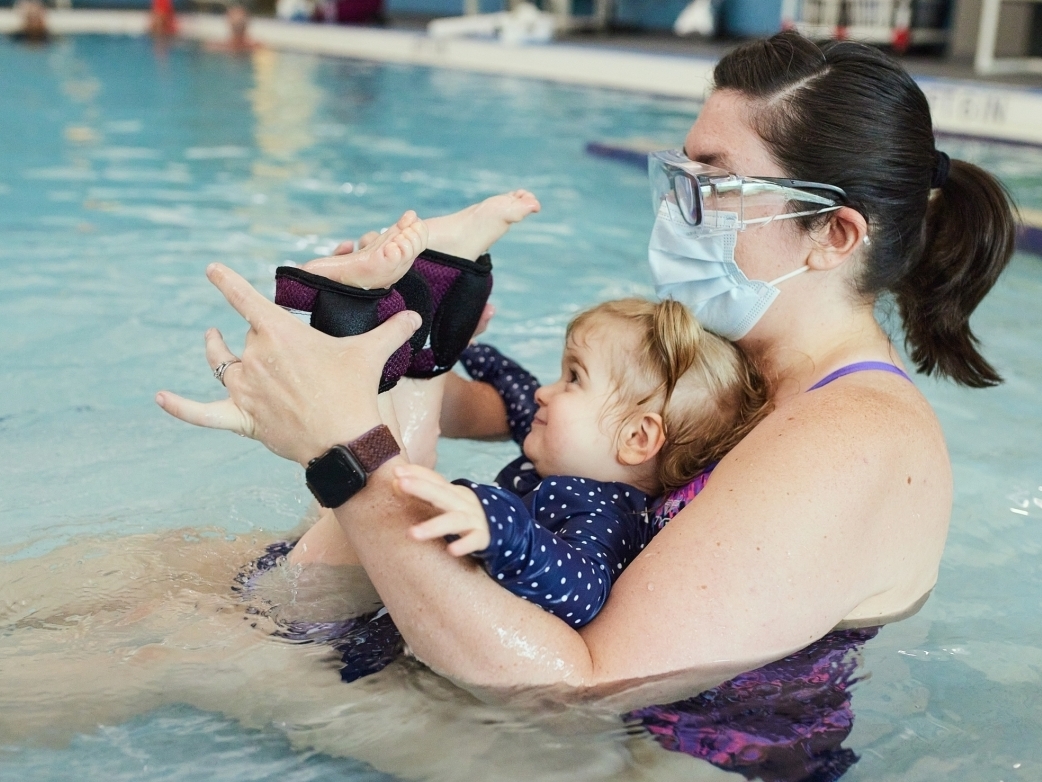Water can provide a fun and motivating environment for therapy! Our therapists use principles and properties of the water and specially designed aquatic activities to help children make progress toward functional goals outside of the pool. Aquatic therapy can be beneficial for so many reasons! Some indications for aquatic therapy include but are not limited to sensory impairments, muscle weakness, decreased coordination, joint pain, and limitations in range of motion. Therapists work on addressing the above impairments in the water to make progress toward your therapy goals on land.


Aquatic therapy is provided at the WHS WRC Cameron Wellness Center.


